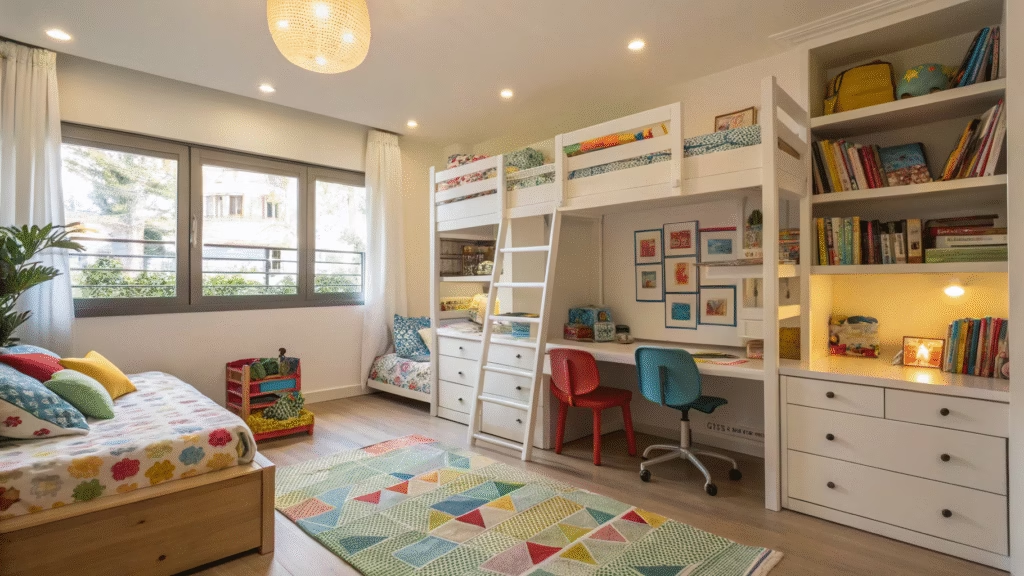13+ Interior Design Tips for a Kid’s Room That Grows With Them
Designing a child’s room that can adapt and evolve as they grow is both a practical and creative challenge. The key is to choose flexible, timeless elements that can transition from toddler to teen years with minimal updates.
Here are essential tips for creating a space that is both functional and stylish at every stage.
1. Choose a Timeless Color Palette
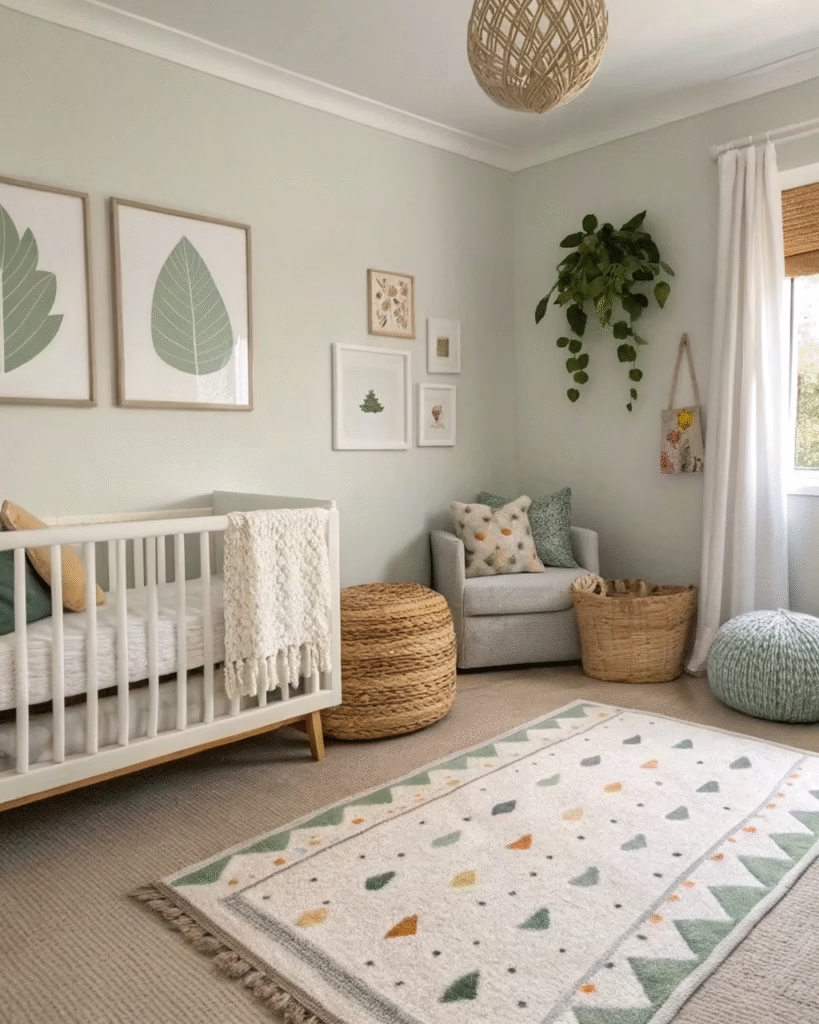
Opt for neutral walls like soft grays, warm whites, or muted greens. Use easily changeable items like bedding, rugs, and art to add pops of color and theme.
2. Invest in a Convertible Crib
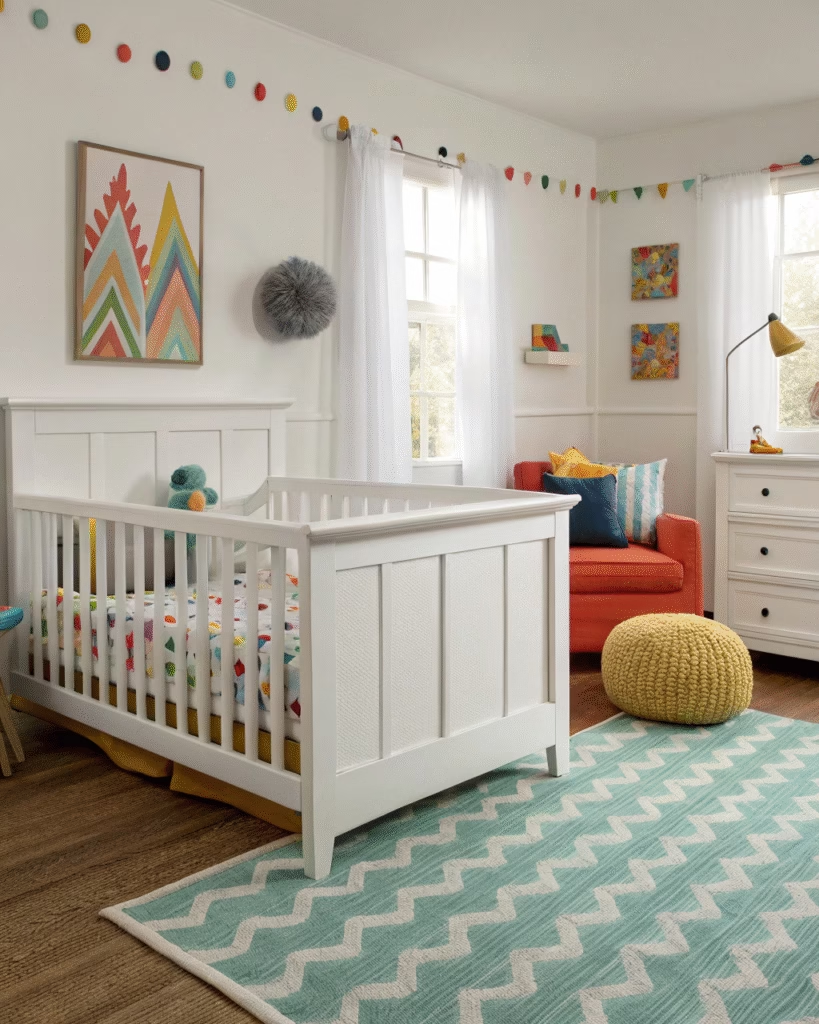
Select a sturdy crib that converts into a toddler bed and later into a full-sized headboard. This single piece grows with your child, saving money and space.
3. Prioritize Adjustable Furniture
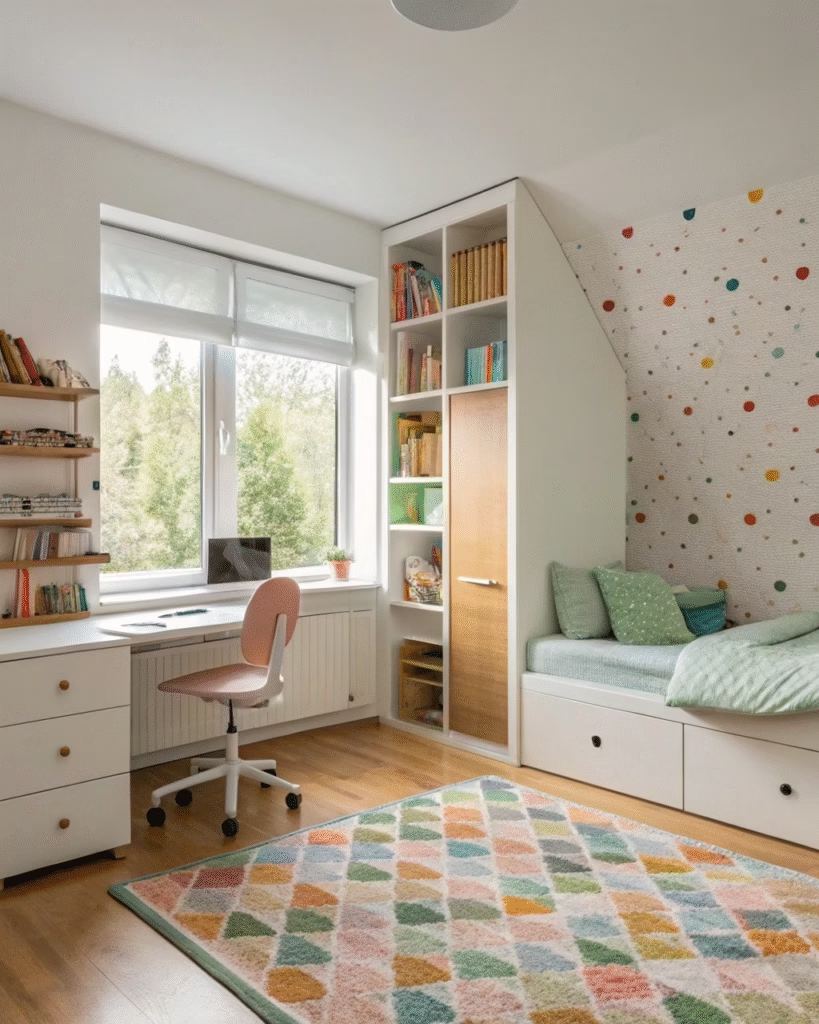
Choose a desk and chair with height-adjustable features. This ensures ergonomic support for studying and creating as your child grows taller.
4. Use Modular Storage Systems
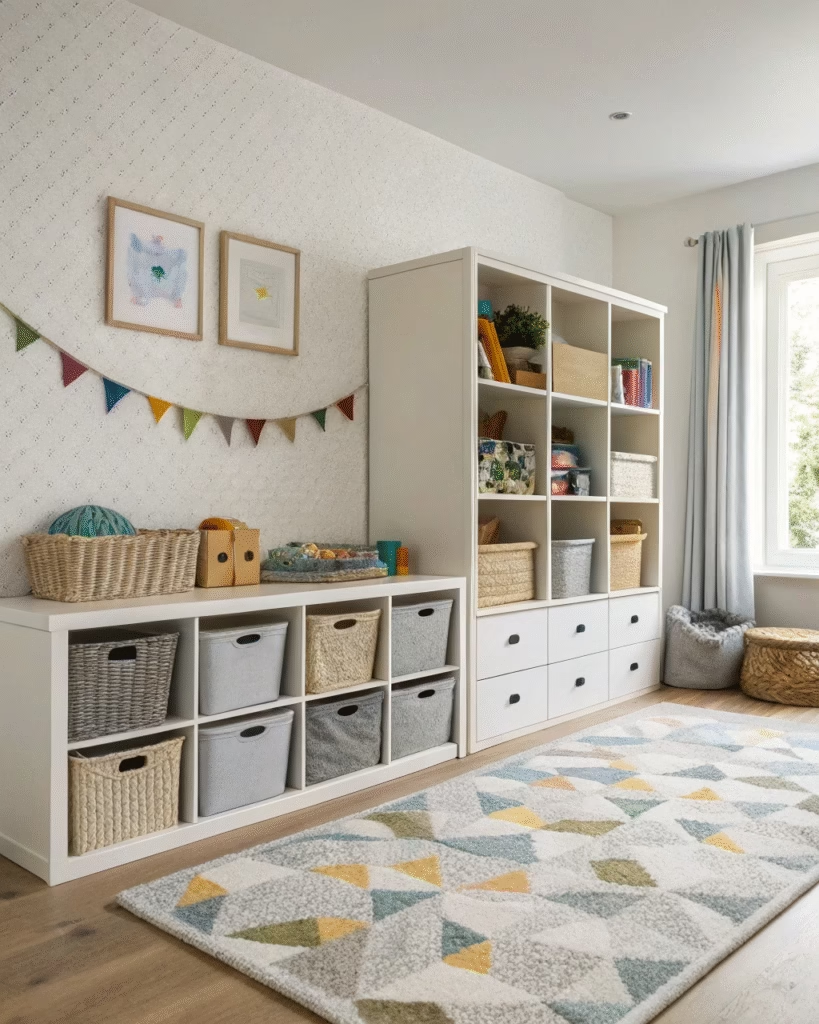
Install shelving and cubbies that can be reconfigured. Bins and baskets make organization easy and can be updated as tastes change.
5. Select Durable, Easy-Clean Materials
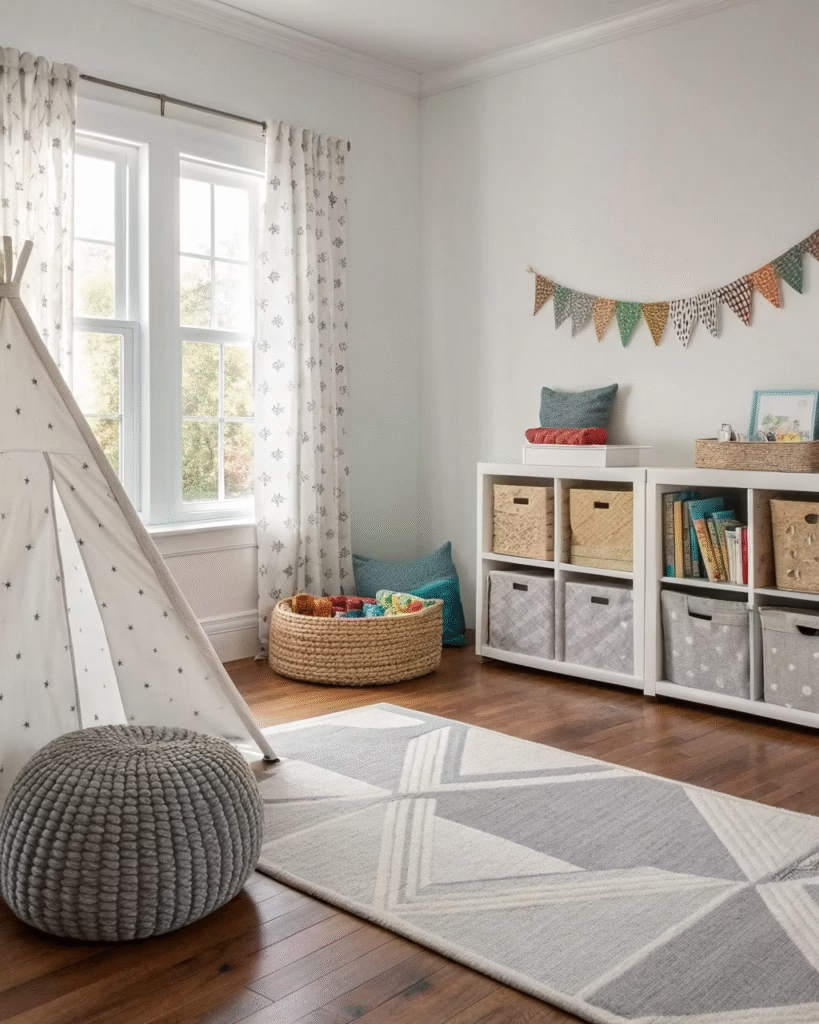
Opt for performance fabrics, wipeable paints, and sturdy hardwood or laminate flooring that can withstand years of play and mess.
6. Incorporate Age-Neutral Themes
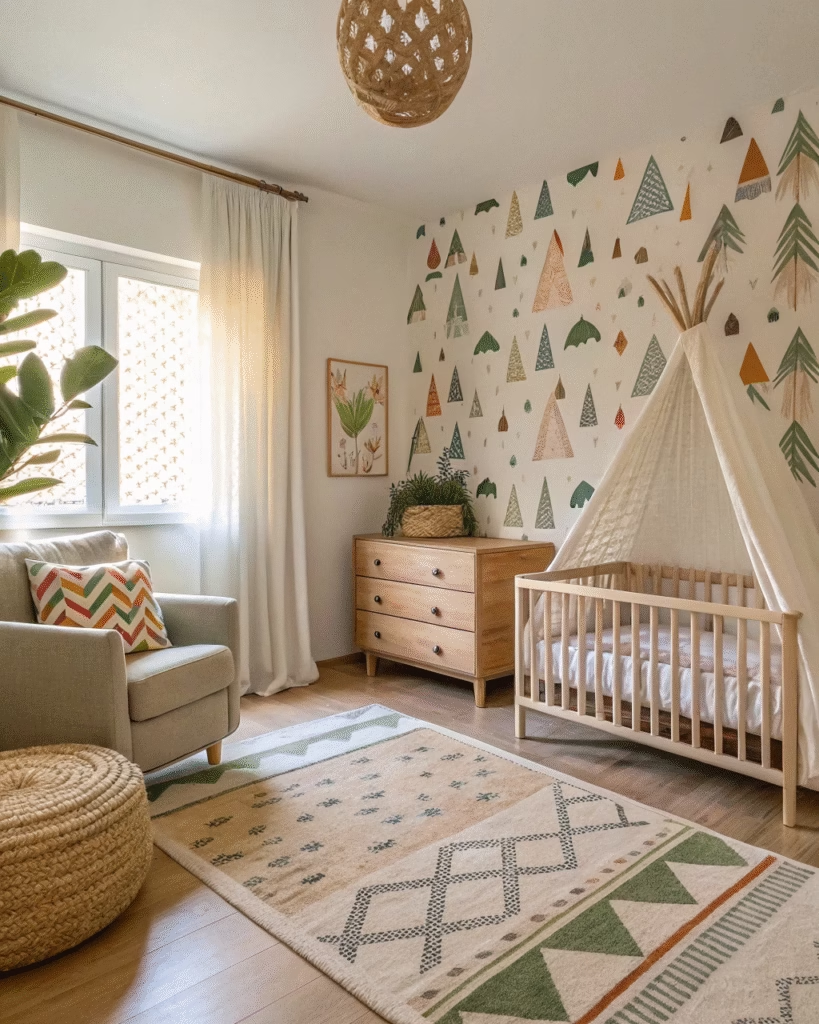
Avoid overly juvenile themes. Instead, use decor like nature motifs, geometric patterns, or abstract art that won’t feel babyish over time.
7. Leave Room to Play
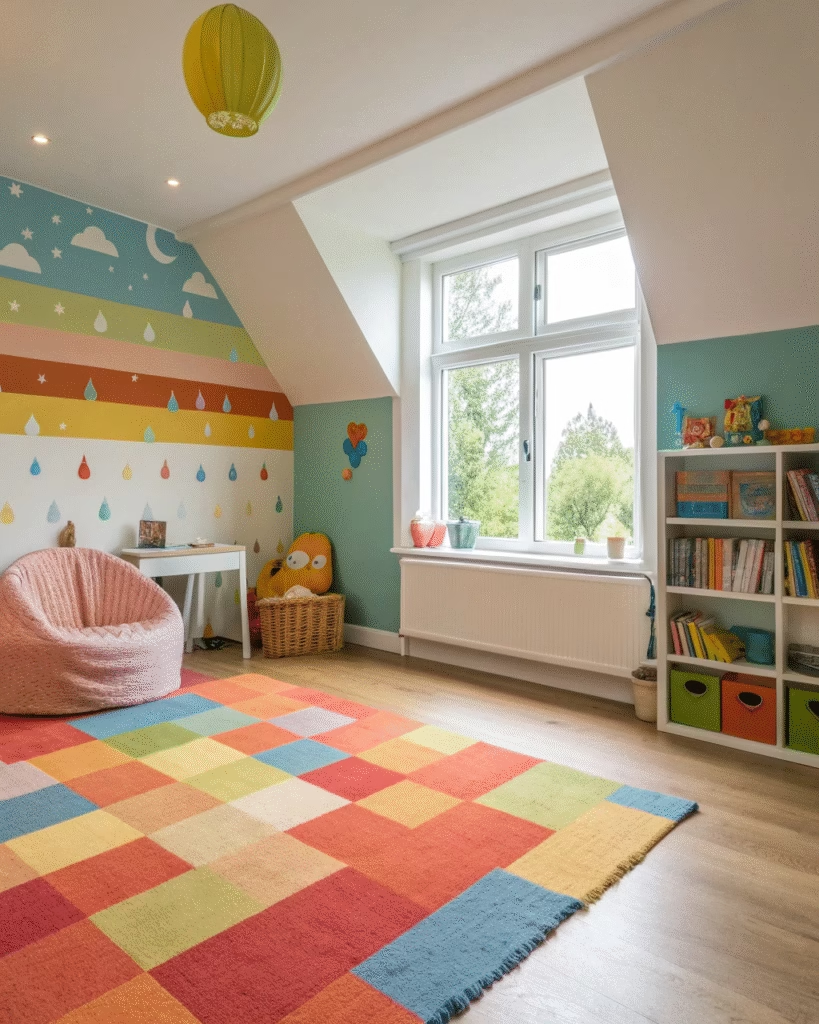
Ensure there’s open floor space for play in early years. This area can later hold a reading chair, study desk, or musical instruments.
8. Install Blackout Shades or Curtains
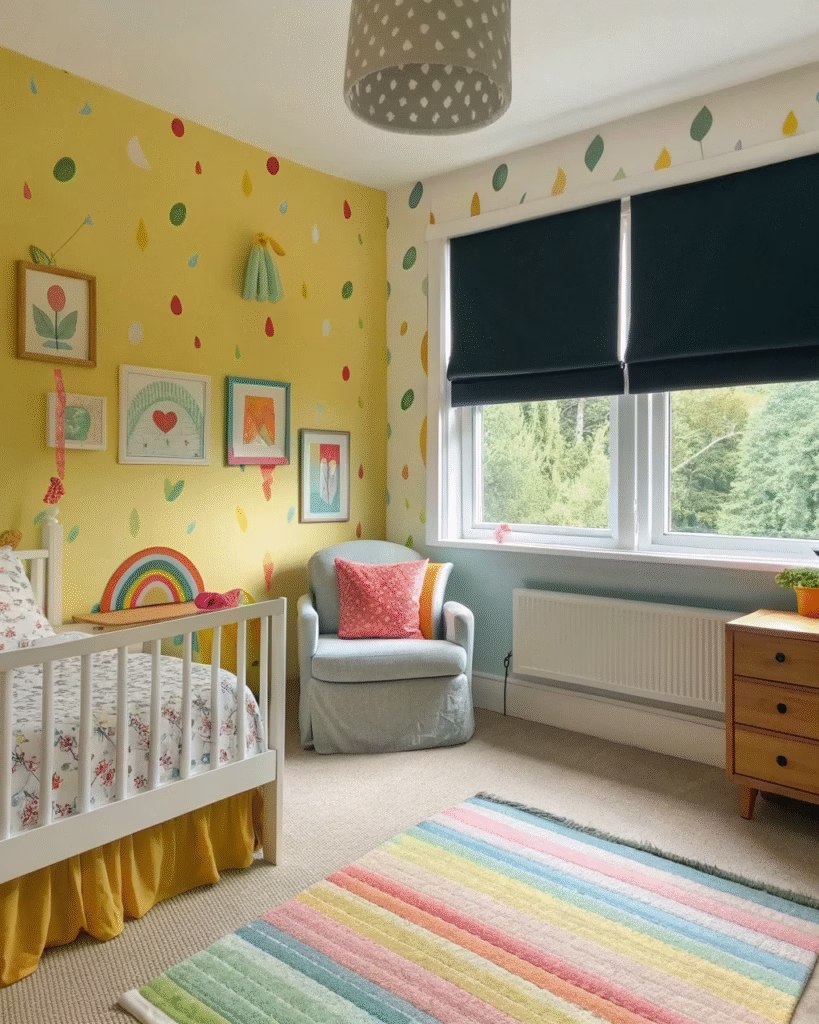
Quality window treatments aid sleep at any age and can be easily updated with new hardware or layers as style preferences change.
9. Choose a Versatile Lighting Scheme
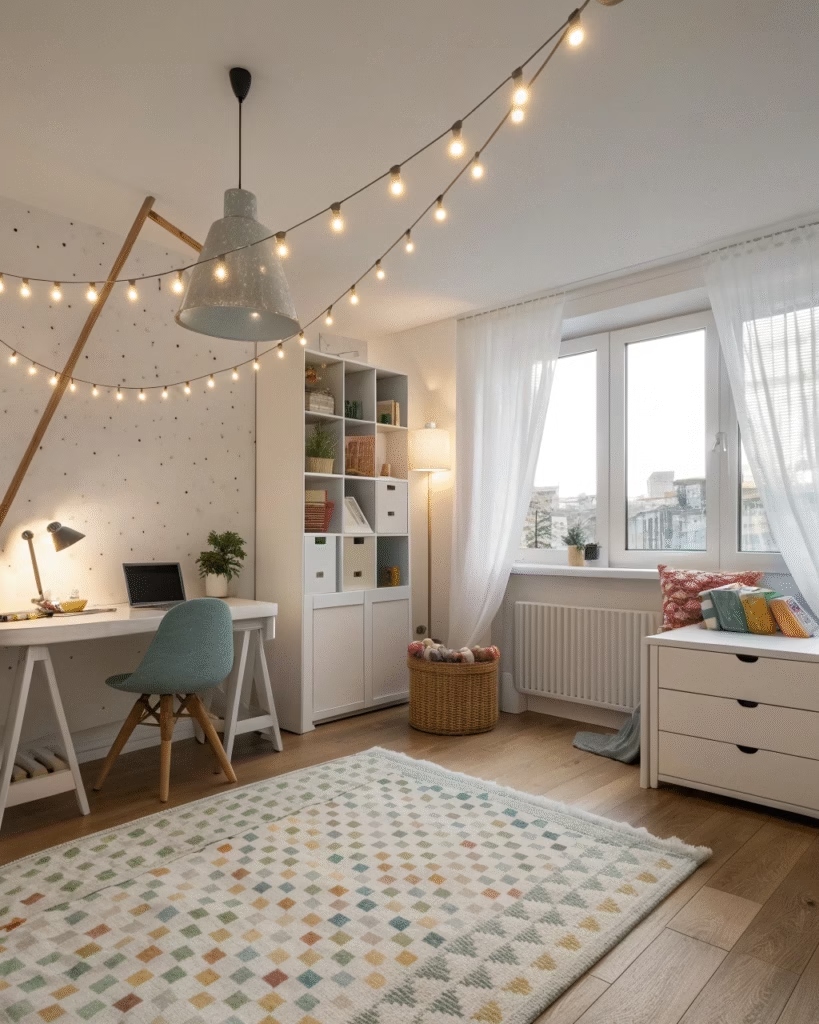
Combine overhead lighting with task lighting (e.g., a desk lamp) and accent lighting (e.g., string lights). Swap out lampshades for quick updates.
10. Incorporate Personalizable Display Spaces
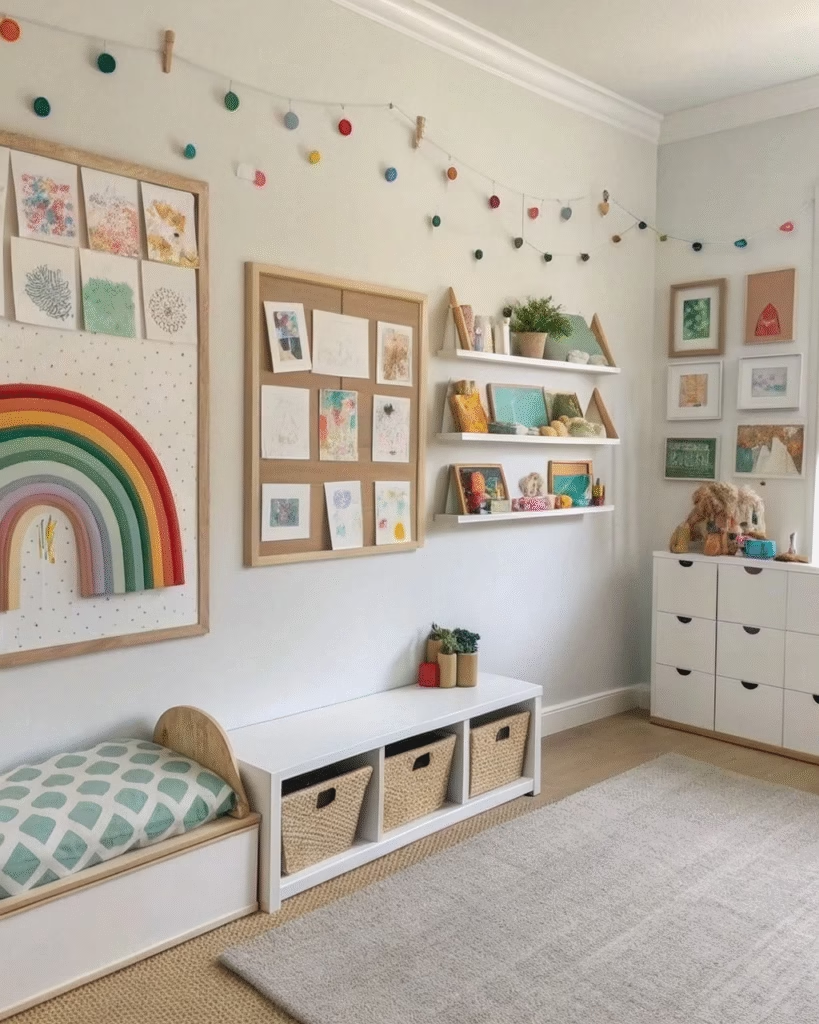
Use clipboards, floating shelves, or a large bulletin board to display art, photos, and mementos that reflect your child’s current interests.
11. Opt for a Large Area Rug
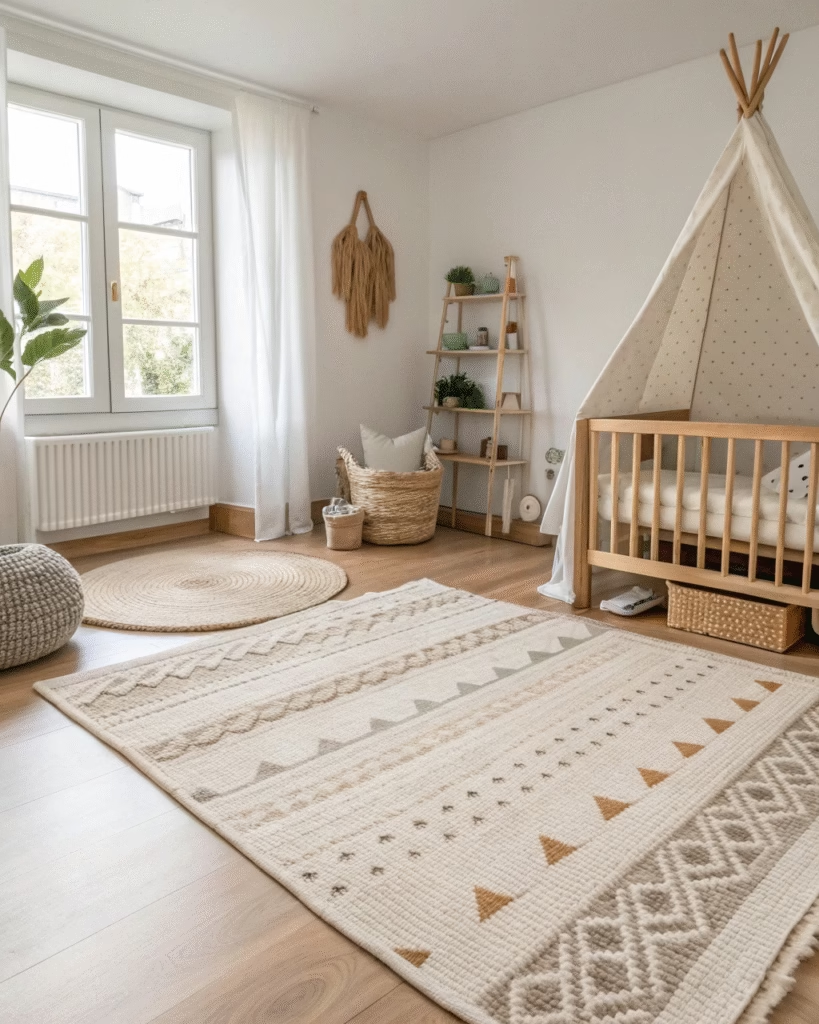
A well-chosen rug anchors the room and adds comfort. Neutral patterns or classic styles can last for years, even as other elements change.
12. Think Vertical with Storage
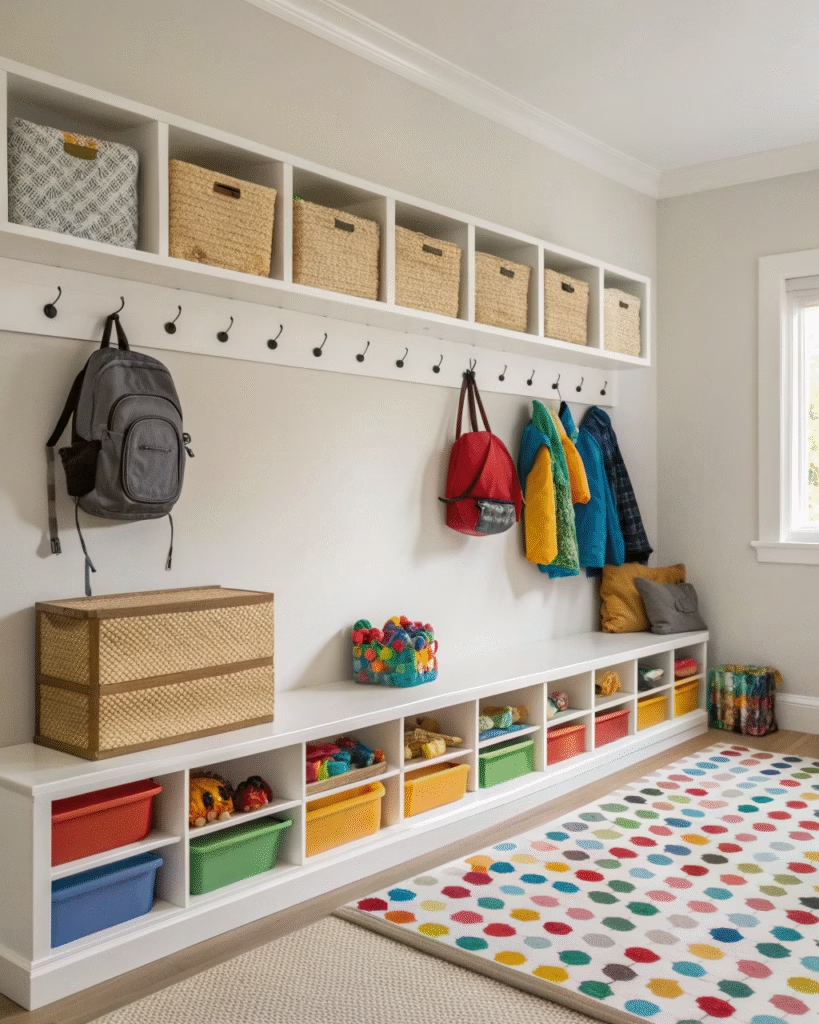
Use wall-mounted shelves and hooks to maximize floor space. These can hold everything from toys now to books and bags later.
13. Avoid Built-In Theme Elements
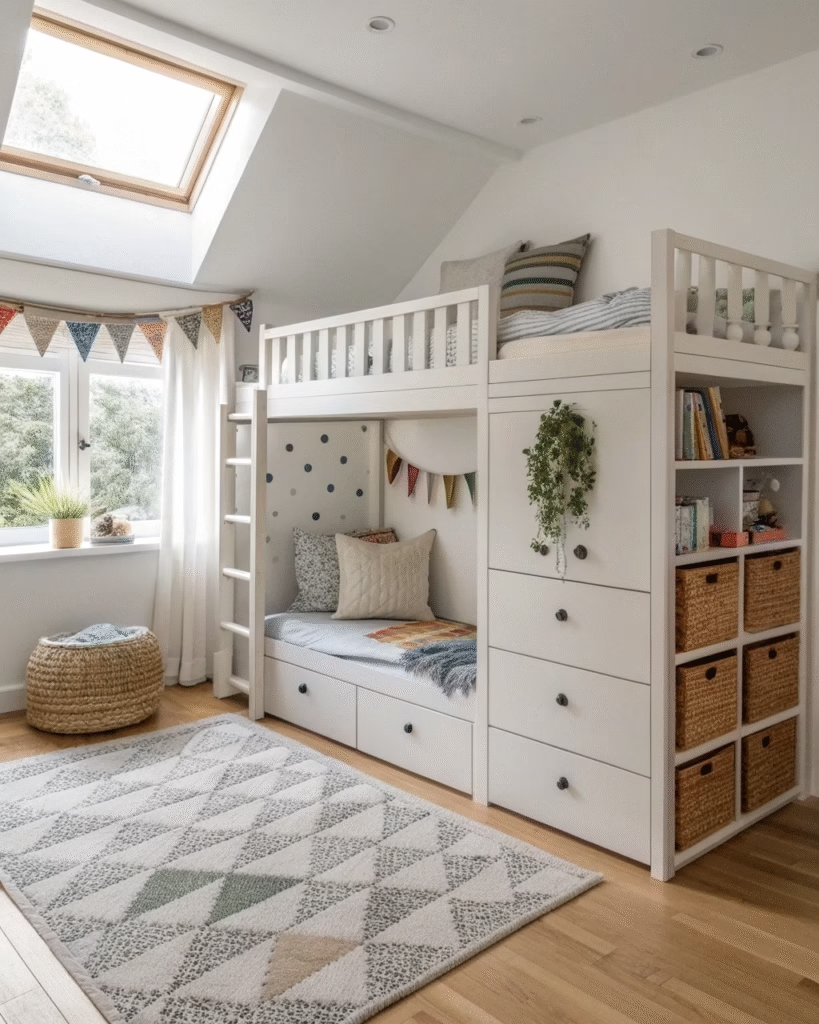
Instead of themed wallpaper or murals, use removable decals, posters, and textiles to incorporate characters or interests temporarily.
Final Thoughts
Creating a room that grows with your child is all about making smart, flexible choices now that will pay off for years to come. By focusing on adaptable furniture, neutral foundations, and easily swapped decor, you can build a space that effortlessly transitions from childhood to adolescence without constant, costly renovations.


